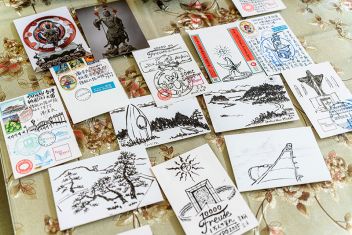“Boxing and my family are my whole life.” So says Lai Chu-en, a boxer in the light welterweight (63.5 kilogram) division at the Paris Olympics.
“The older generation often says that in boxing you have to sting like a bee, stand as strong as an elephant, float like a butterfly, be as fast as a leopard, and move your waist like a serpent. Lai Chu-en can do all these things,” observes Sean Lo, a boxing coach at the National Sports Training Center.





















